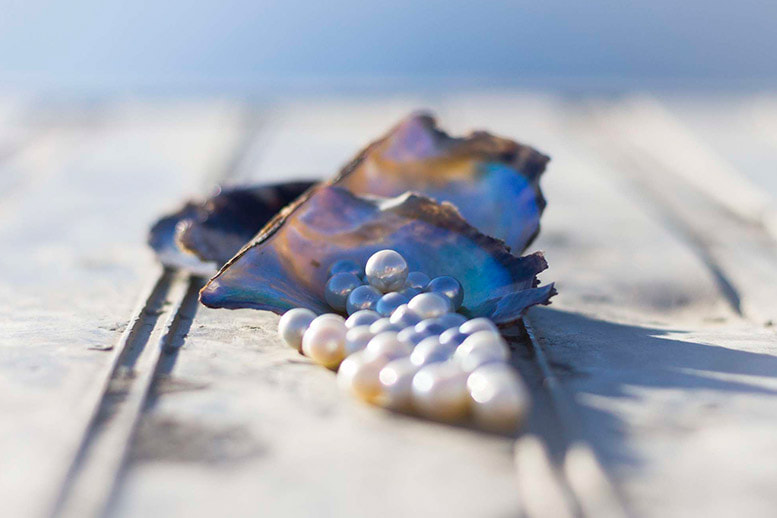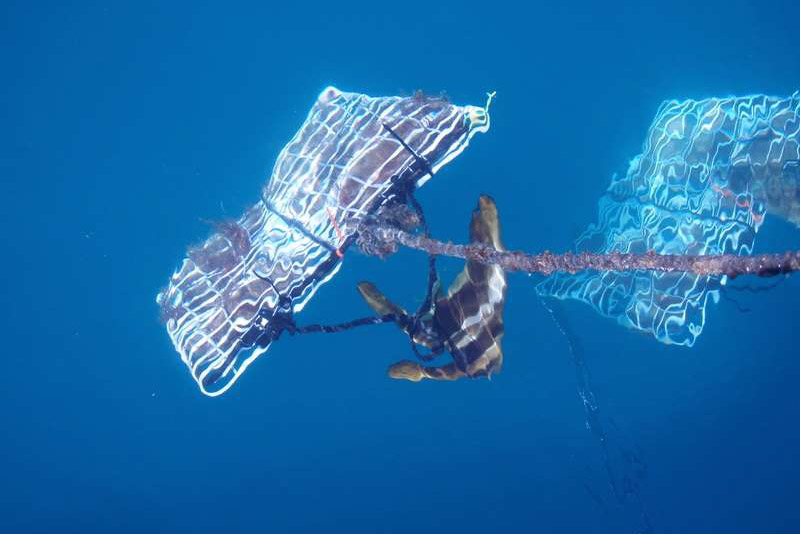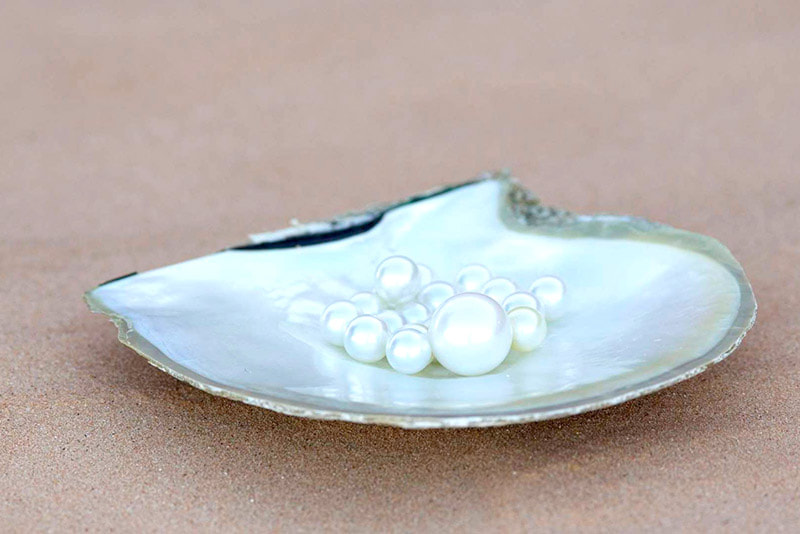
The origin of the pearl
The most beautiful myths revolve around the origin of the pearl, and you have certainly heard of the popular fairy tale that a grain of sand starts the process of pearl creation in the wild. However, the matter is far less mysterious: On their way into the oyster, parasites usually cause some cells of the mother-of-pearl-producing mantle tissue to reach where they are out of place: inside the oyster. Once there, these cells continue to produce the shiny substance. Layer by layer, a small nucleus develops from this, which is constantly covered with mother-of-pearl.
Over months and years, beauties grow in the isolation of fresh or salt water.
A hundred-year-old invention
Because in nature this process happens very rarely – with just one in 15,000 oysters – the Japanese Kokichi Mikimoto developed a method in the late 19th century in which the growth of a pearl was no longer left to chance. He introduced it to the public for the first time at the 1920 World's Fair in Paris. Since then, cultured pearls have been the product of intense interaction between mankind and nature: At first, a piece of the mantle tissue of a donor oyster is implanted into a cultured oyster. This creates a small pearl sac that can be filled with a small nucleus during a second cycle of cultivation.




